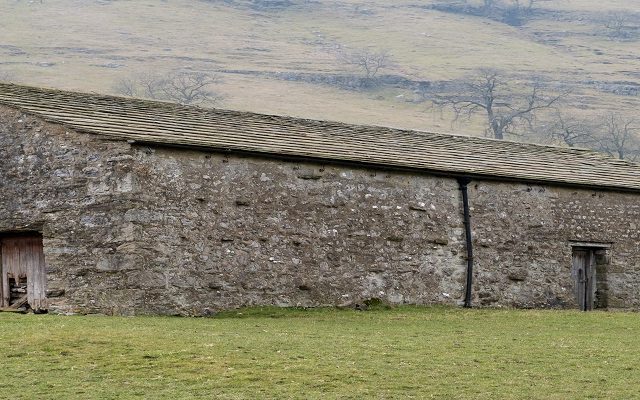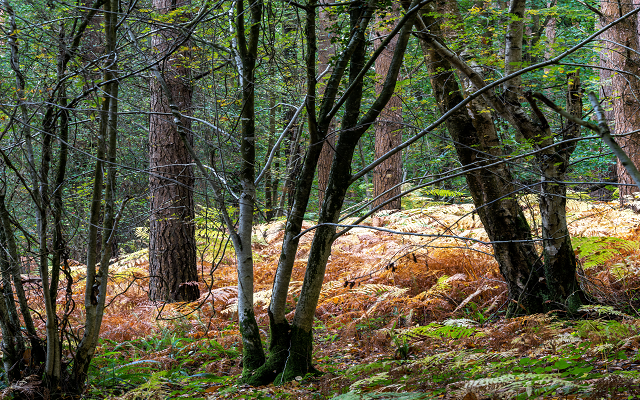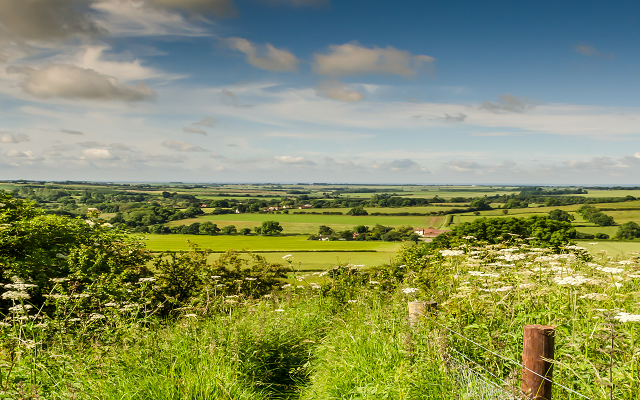Forestry England launches land lease scheme for woodland
Forestry England has announced details of a new scheme which will involve it renting land from landowners on a long-term basis to use for large-scale woodland creation.
The Forestry England Woodland Partnership is a new approach to increase tree planting in England to help the UK government meet its commitment to the Committee on Climate Change’s net zero projections, advocating the need for 30,000ha of new trees to be established annually to 2050, taking woodland cover from 13% to 17%.
Forestry England will negotiate with a landowner a lease for land of at least 50ha (124 acres) for between 60 and 120 years.
The landowner will receive a rental payment for every year of the lease. This annual rent will vary from site to site and depend on the design of the woodland.
It will be the responsibility of Forestry England to secure approval for the project, prepare the site, plant the trees, and protect and manage the woodland for the duration of the lease period. They will also take any income generated from the woodland over the course of the lease.
Public access will be encouraged with woodlands being used for health and wellbeing opportunities for local communities.
Forestry England describes the scheme as a unique opportunity for landowners to generate a regular, secure income, without the need to develop new expertise and put time and money into an unfamiliar venture.
The new scheme is open for applications from now until 1 June 2021.
To be suitable for a lease, sites will need to meet several criteria, including being accessible to both Forestry England vehicles and the public once the woodland is established.
It is certainly an interesting concept, but how attractive the scheme proves to be will depend on a number of considerations:
These include:
Rents: Rents will be agreed in negotiation with the landowner. Forestry England has acknowledged that landowners are unlikely to be interested in the scheme unless it stacks up against other land uses. Existing agricultural support payments could provide a baseline for people to think about.
Arrangements at end of lease: Forestry England says that it hopes there will be opportunities to renew some of the leases. The plan is that woodlands will be predominantly broadleaved, designed for carbon sequestration, nature recovery and public access with a relatively small conifer component.
Given the species mix it is very unlikely that there will be wide scale clear fells, so Forestry England suggests landowners should receive back well-managed woodlands. Under the current proposal, landowners will be required to keep woodlands on the site which could then be managed as part of their wider business.
However, in truth it is impossible to predict what rules might be in place to govern the management of these sites by the end of the lease. No information has been provided as to the removal of public access rights after the end of the lease, however it is unlikely that it would revert back to the original access rights or lack thereof.
Early resumption of a lease: Forestry England has said it is not expecting to agree these.
Sporting rights: This would form part of the negotiation, although Forestry England’s priorities will include public access and compliance with the independent standards which govern its management.
Input on design: Landowners and other stakeholders will be consulted about the design of any new woodlands, but their level of involvement will depend upon the wider negotiation.
The design will also reflect the over-arching objective that these woodlands will be managed as part of the nation’s forests. Woodlands will meet Woodland Carbon Code standards to allow for future carbon trading, however the rights to the carbon income could be a matter of negotiation.
Could landowners get together to aggregate land?
Forestry England has said it would have no problem with this, so long as the lease negotiations and documentation can be agreed efficiently. This means a group of landlords would be likely to need to incorporate themselves to provide a single entity for it to work with.
Landowners considering woodland creation should take advice on the pros and cons of the scheme. If landowners can negotiate a rent broadly in line with current Basic Payments, this would compare favourably with projected farm profits once Basic Payments have been phased out. That said, there are still a great deal of unknowns and Forestry England may find that private landowners are reluctant to go to the effort of submitting an application without further detail upfront. However, it is an initiative that could most suit institutional or corporate landowners, particularly if they are holding land purely as a result of the ownership of another asset, e.g a company with bare land around the perimeter of a manufacturing facility or utility infrastructure.
Our specialist forestry team, John Clegg & Co, is available to advise on woodland creation at a commercial scale and on forestry as a long-term investment.






